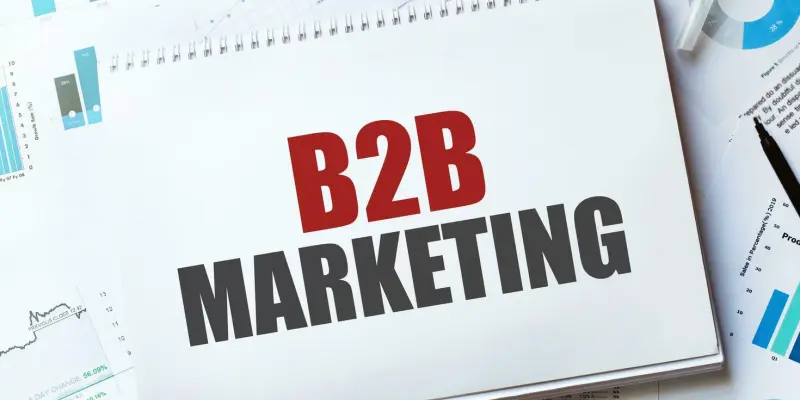Imagine a world where every email, advertisement, and marketing message you receive is tailored precisely to your interests and behaviors—sounds efficient, right? But what if it lacks the human warmth that makes it genuinely engaging? This is the dilemma facing B2B marketers in an increasingly AI-dominated landscape.
The integration of Artificial Intelligence (AI) in B2B marketing has transformed the industry, making processes more scalable and personalized. Statistics indicate that 57% of B2B companies now employ AI tools for content creation and marketing.
Why This Balancing Act Matters
Studies show that brands focusing on emotional marketing see a visibility increase of up to 21%. This suggests that while AI can enhance efficiency, an emotional connection remains vital. Customers still prefer interactions that resonate on a human level, underscoring the need for a balanced approach.
The Efficiency of AI Versus Human Connection
AI offers significant benefits, from the rapid production of marketing content to detailed data analysis and segmented personalization. According to recent data, 76% of consumers prefer brands that foster an emotional connection, showing that while AI can handle the data, the nuances of emotional engagement often require a human touch.
Crafting Human-Centric Content
Humanizing content is essential to maintain a meaningful connection with customers. This involves incorporating real-life examples, success stories, and testimonials that resonate emotionally. Brands that have successfully combined AI efficiency with human storytelling have seen marked improvements in customer engagement and loyalty.
Take the case of an unnamed tech company that integrated human elements into its AI-generated content. By including customer testimonials and real-world success stories, the company saw a notable increase in both engagement and trust. This approach underscores the power of blending AI’s capabilities with human warmth and authenticity.
Insights from Industry Leaders
Marketing professionals and industry leaders often emphasize the importance of blending AI with a human touch. Jessica Liu, a B2B marketing strategist, remarked, “While AI can optimize many processes, it doesn’t replace the need for genuine human interaction in building relationships.”
A recent study found that 89% of customers want transparency about whether they are interacting with a human or AI. These insights highlight the necessity of a balanced approach that combines AI’s strengths with human oversight and creativity.
Strategies to Retain Human Touch
Effective strategies can help maintain the human aspect in B2B marketing. One such approach is to prioritize storytelling, humor, and personalized messages. These elements make content more engaging and relatable.
Additionally, focusing on high-quality content over sheer volume ensures that each message resonates more effectively with its audience. Personalized messaging, supported by AI for segmentation, enhances communication but should be crafted to feel personal and thoughtful.
Human oversight, particularly professional editing, plays a crucial role in ensuring content authenticity and emotional resonance. This collaborative approach ensures that AI-generated content maintains the necessary human touch.
Moving Forward with Balance
Keeping the human touch in AI-driven marketing requires a commitment to blending efficiency with empathy. B2B marketers should aim for a refined balance where AI handles data and personalization, while humans infuse content with creativity and emotional intelligence. This balance ensures that marketing efforts are both effective and genuinely engaging.
Embracing quality storytelling, meaningful personalization, and professional oversight can help maintain this equilibrium. AI’s scalability paired with human creativity and empathy will drive more authentic and successful B2B marketing campaigns in the future. This harmonious integration will ultimately pave the way for a marketing landscape where technology and humanity coexist and thrive seamlessly.

